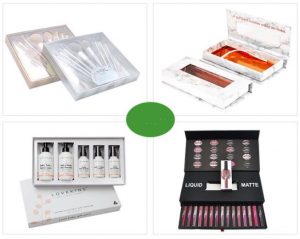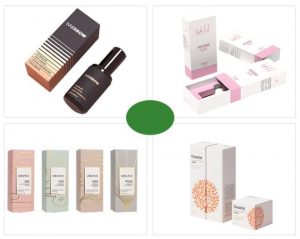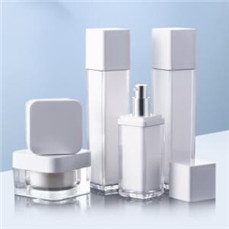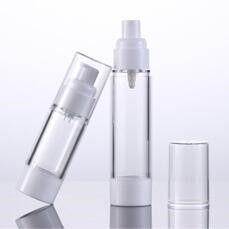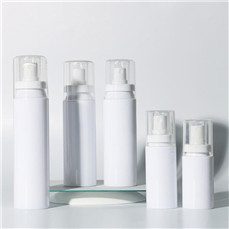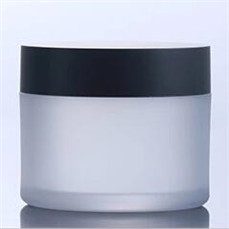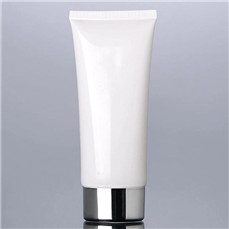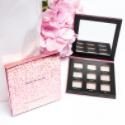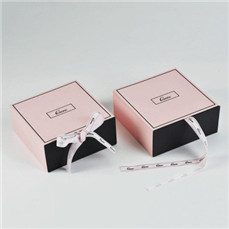The ultimate guide to cosmetic bottles encompasses everything you need to know about choosing, using, and leveraging cosmetic bottles for your products. Let’s dive into the key aspects:
- Types of Cosmetic Bottles:
- Pump Bottles: Ideal for liquid products like lotions, serums, and oils. They dispense controlled amounts, minimizing wastage.
- Dropper Bottles: Suitable for serums, essential oils, and other precise application products.
- Spray Bottles: Used for mists, toners, and setting sprays.
- Jar Containers: Suitable for creams, balms, and thicker formulations.
- Squeeze Bottles: Great for viscous products like shampoos, conditioners, and gels.
- Airless Pump Bottles: Prevents product contamination and helps preserve formulas sensitive to air and light.
- Packaging Materials:
- Glass: Provides a premium and luxurious appearance, is recyclable, and offers better protection against UV light.
- Plastic: Lightweight, cost-effective, and available in various colors and shapes. Consider using recyclable plastics for sustainability.
- Aluminum: Modern and sleek, with good barrier properties. Recyclable and lightweight.
- Sizes and Capacities:
- Consider the volume of your product and its intended usage (e.g., travel-size or home-use) when choosing bottle sizes.
- Design and Aesthetics:
- Create a visually appealing design that aligns with your brand identity and appeals to your target audience.
- Customize bottle shapes, colors, and finishes to stand out on store shelves.
- Functionality and Dispensing Mechanisms:
- Choose the appropriate dispensing mechanism based on the product type and user experience.
- Test the functionality of the bottle to ensure ease of use and product application.
- Packaging Safety and Integrity:
- Prioritize leak-proof and airtight bottles to maintain product integrity.
- Conduct tests to ensure the packaging can withstand shipping and handling.
- Sustainability:
- Opt for eco-friendly materials and explore recyclable, biodegradable, or compostable options.
- Communicate your commitment to sustainability to resonate with environmentally conscious consumers.
- Regulatory Compliance:
- Ensure your cosmetic bottles meet all relevant industry regulations and guidelines for safe use and packaging.
- Labeling and Branding:
- Choose bottle designs that allow for easy application of labels or consider printing directly on the packaging.
- Align your branding elements with the overall bottle design for cohesive brand identity.
- Storage and Transportation:
- Consider storage space, stacking capabilities, and ease of transportation when choosing bottle sizes and shapes.
- Product Compatibility Testing:
- Always test your cosmetic products with the chosen bottles to ensure compatibility and stability.
- Customization and Cost Considerations:
- Balance customizations with the production costs to achieve a cost-effective yet attractive packaging solution.
- Consumer Feedback and Market Research:
- Gather feedback from potential consumers and conduct market research to understand preferences and trends in cosmetic packaging.
- Brand Storytelling:
- Use packaging to tell your brand’s story and convey the unique selling points of your products.
- Continuous Improvement:
- Regularly review and improve your cosmetic bottle choices based on consumer feedback, market trends, and technological advancements.
By following this ultimate guide to cosmetic bottles, you can make informed decisions that enhance your brand’s image, attract consumers, and elevate the overall presentation and performance of your cosmetic products.
